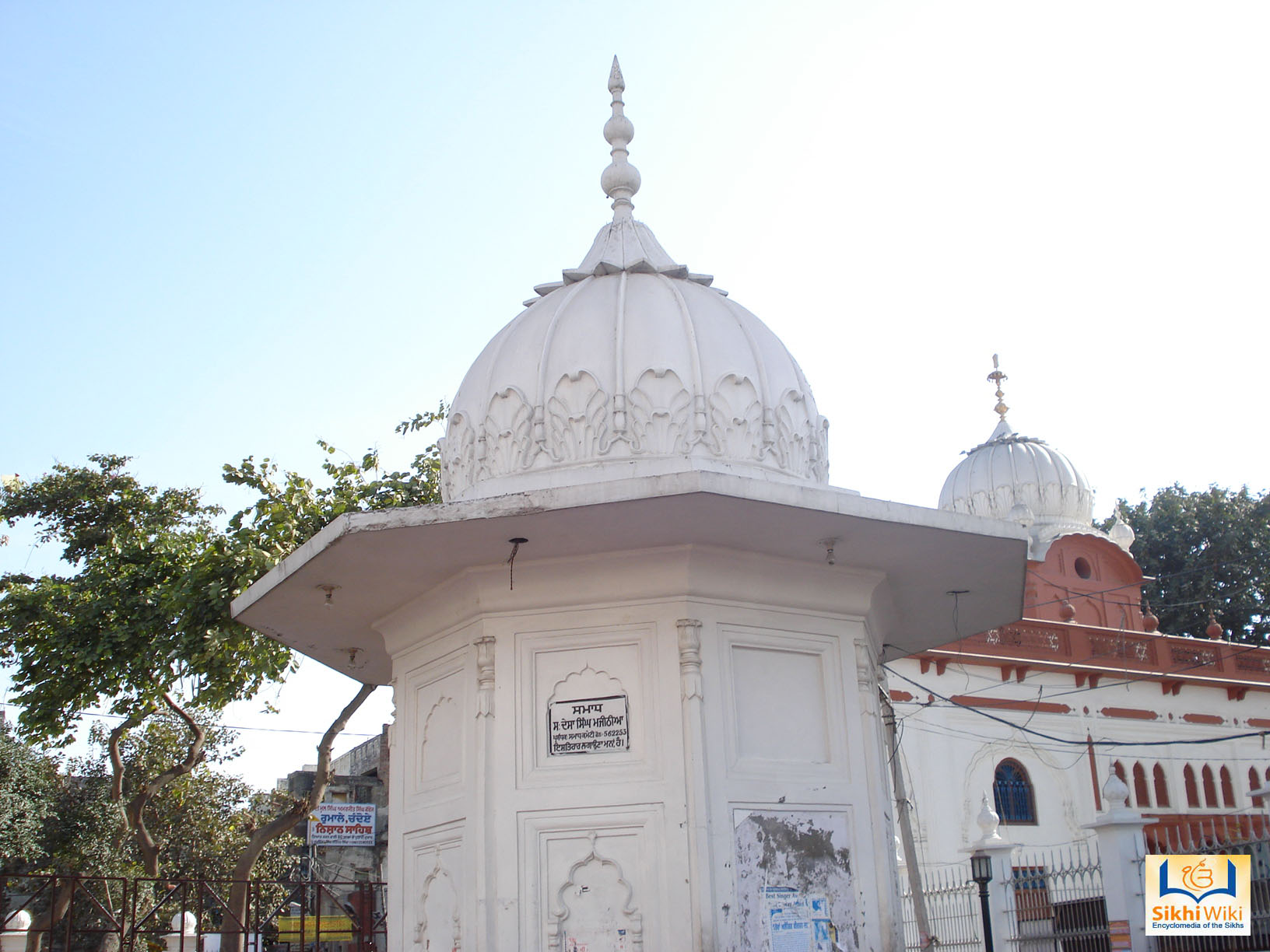Desa Singh Majithia
Army General and Civil Administrator
Desa Singh was the son of Naudh Singh; a feudal retainer under Amar Singh Bagga of the Kanhaiya Misl. When Naudh Singh died in 1788, Desa Singh succeeded to the family estates. He served Buddh Singh Bagga, successor of Amar Singh Bagga, for a number of years before joining the Army of Maharaja Ranjit Singh.
In 1804, Desa Singh was made a commander of 400 sowars. He served the Maharaja in many of his early campaigns. In August 1809, he was appointed commandant of the Fort of Kangra after Ranjit Singh had occupied it driving away the Gurkha general, Amar Singh Thapa. In 1811, he was charged with reducing the Fort of Kotla, half-way between Kangra and Nurpur. Soon after he was made the nazim (administrator) of Kangra and hill districts of Chamba, Nurpur, Kotla, Shahpur, Jasrota, Basohli, Mankot, Jasvan, Siba, Guler, Mandi, Suket, Kulru and Datarpur. Desa Singh who had made the hill region his home married a Kangra girl to whom was born his son Ranjodh Singh.
Desa Singh participated in the campaigns launched to capture Multan (1818), Kashmir (1819) and Naushera (1823). He commanded great influence at the Sikh court and was the recipient of several titles and jagirs. For a few years he served as the nazim of Amritsar and its adjoining territories, with management of the Golden Temple as his special charge. He was often sent to receive and look after foreign dignitaries visiting the court. In the hill territories under his control, he established a mild and humane administration.
The Guler style of Sikh painting with the ten Sikh Gurus and the Maharaja and his courtiers as its main themes developed during his time.
Desa Singh died in 1832, and was succeeded in all his estates and honours by his eldest son, Lahina Singh Majithia.

